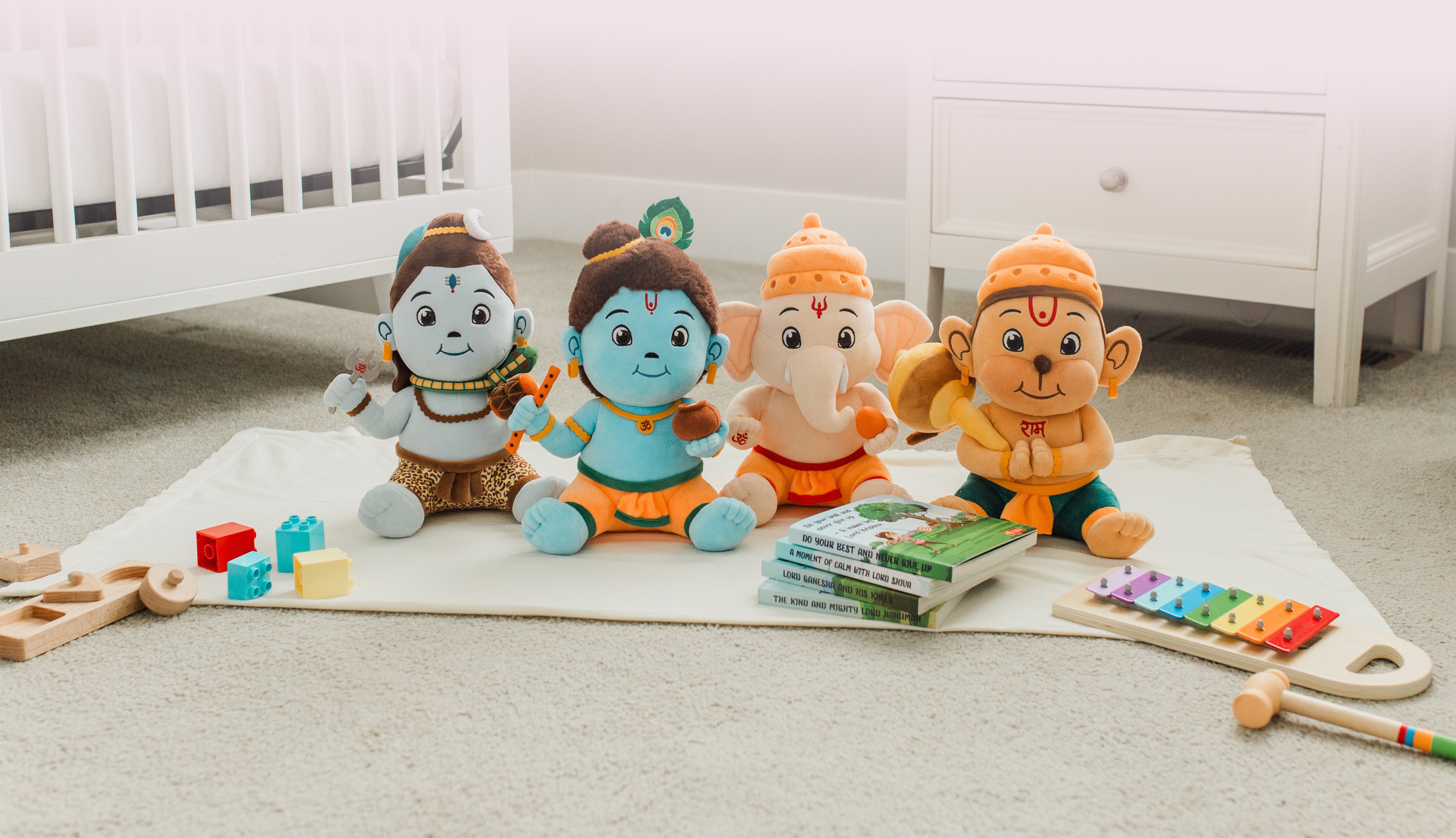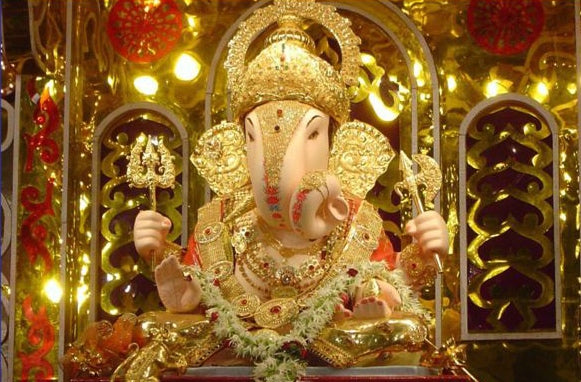The significance of Murtis in Hinduism
Murtis or idolatry refers to the worship of a tangible idol such as a statue or an icon. They are considered to be the physical representation of the divine, and act as a direct link to the Deity, allowing devotees to establish a personal connection.
When did it start?
It was first seen in the Rig Veda - the oldest Hindu scriptures. Ancient saints created symbols of divinities such as Varuna (sea), Indra (rain), and Surya (sun). And they invoked each Deity into stone and clay, to create a Murti.
Why do we need idols and Murtis?
Hindus view the statues and images as physical representations of God. It helps them to focus on an aspect of prayer or meditation. As per Verse 12.5 of the Bhagwad Gita - only a few have the time and mind to ponder and fix on the Unmanifested Absolute (God).
Therefore, it is much easier to focus on a manifested representation of God through one's senses and emotions.
Also Hindus believe that any object is worthy of worship, as it contains divine energy. Whether it is a slab of a stone or a mosaic, the idols are designed with symbolism associated with the Deity.
For example, Lord Shiva may be represented as a masculine idol with a third eye on His forehead, or as a Lingham statue.
From stone to Murti
Most temples are structured around a single or multiple Murtis. But the transformation from stone to the embodiment of the Divine is a critically important ritual process.
- First the craftsman carves the pupils of the eyes on the granite and then covers them
- It is believed that the first moment of Divine sight is extremely powerful - so much so that no mortal could bear the impact of the Lord's gaze.
- Thus, when the eyes are opened, the priest places a mirror before the face of the God, so that the first gaze falls back upon itself.
- The final step is to "establish the breath" (Prana Pratishtha). The divine presence is invoked in a prayer, a fire alter and some mantras. Once the breath and eyes of the Divine are established, the image of stone becomes the bearer of the spirit and the sight of God.
It's a personal choice
Murti worship is a powerful practice in Hinduism. But the spiritual growth of every person is ultimately subjective and depends on one's beliefs and efforts. Murtis serve as a tool and support for deepening one's connection with the divine, but the true transformation comes from within, through devotion, self reflection and the integration of spiritual practices into one's daily life.
By - Cuddly Gurus - Celebrating and honoring great Hindu Icons
We offer Indian cultural plush toys that recreate great Indian icons and will delight your little ones. Great Ganesha and Humble Hanuman capture the beauty and perfection of these superheroes and can sing five mantras with a gentle touch to their belly. All of our cultural soft toys are made with care and devotion and accompanied by Hindu storybooks carefully crafted to engage young minds through simple, yet colorful storytelling.

